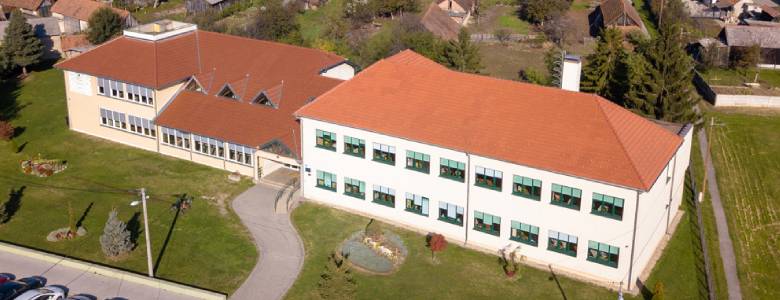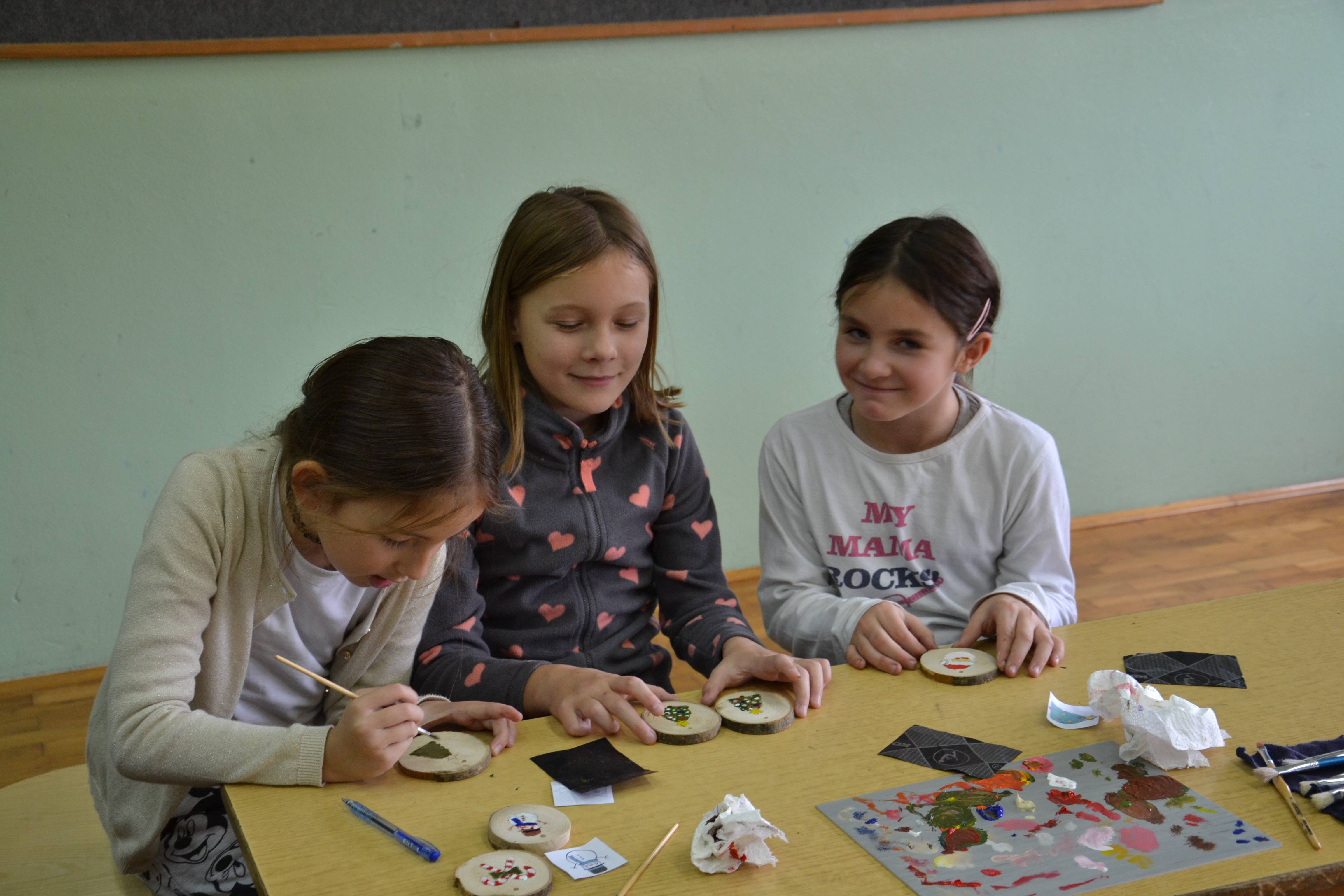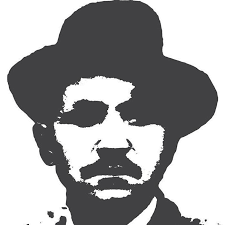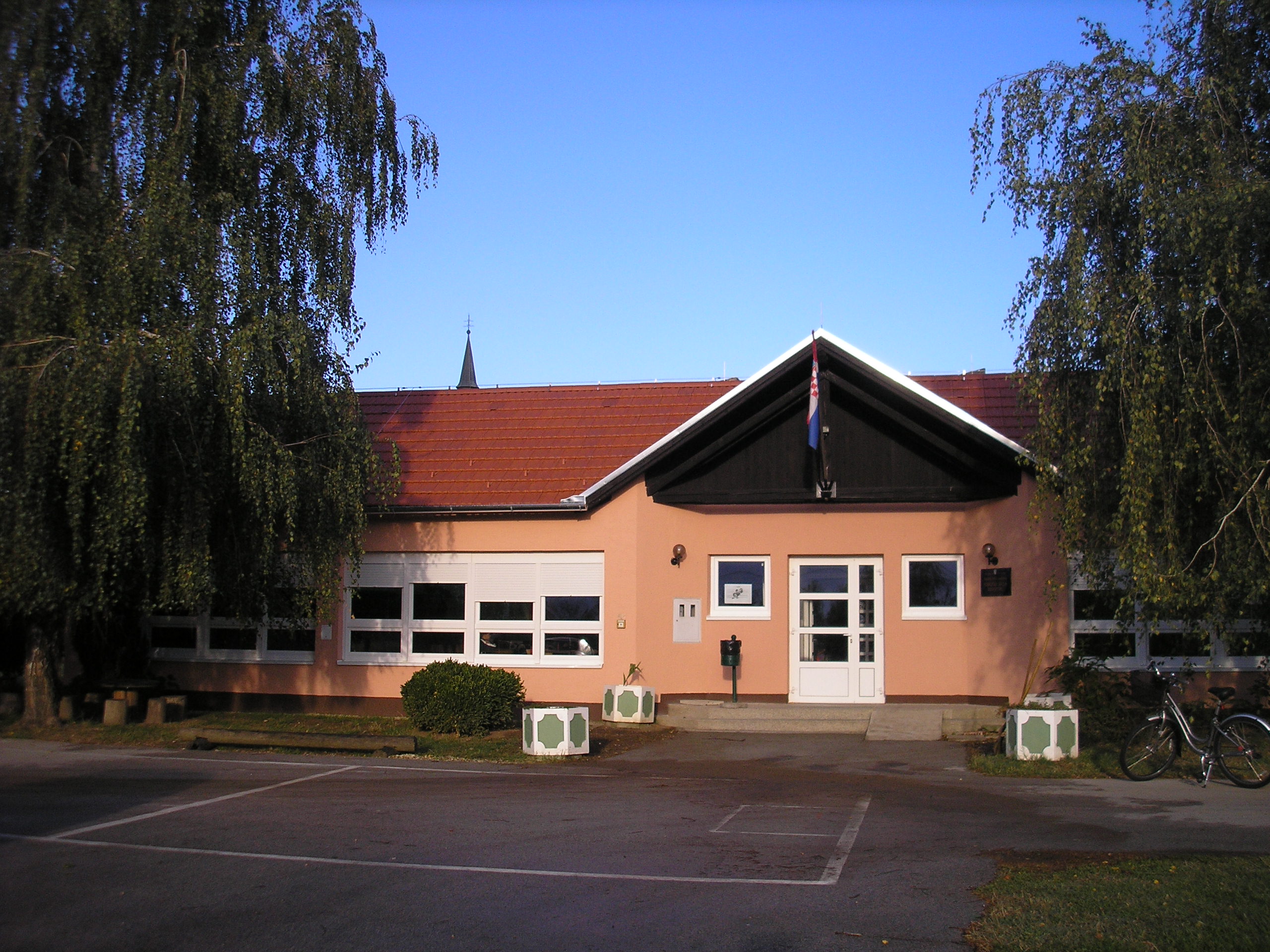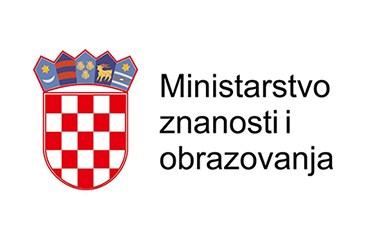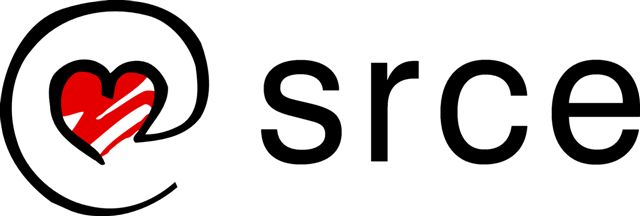Project - Exchange of Christmas decorations 2017.
Autor: Dario Šincek, 27. 11. 2017.
Christmas preparations start on 13th December, Saint Lucy's Day. We plant wheat grains into a small bowl, water it carefully and then, when grown, put it on a festive table, on Christmas Eve...
Primary School Domašinec
Croatia
Project
Exchange of Christmas decorations
2017.
Location of Croatia
Croatia is located in Central Europe. The capital city of Croatia is Zagreb. It is composed of 20 counties plus the city of Zagreb, which are divided in 3 regions – a lowland region, a mountain region and a coastal region.
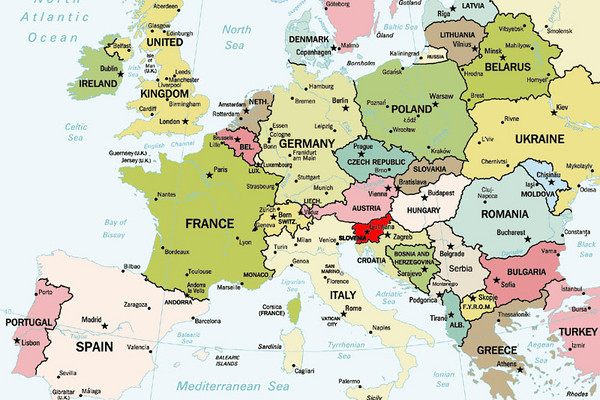
Image 1 Croatia in Europe
Kroatien liegt in Mitteleuropa. Die Hauptstadt Kroatiens ist Zagreb. Das Land besteht aus 20 Gespannschaften plus die Stadt Zagreb. Kroatien ist in 3 groβe Regionen geteilt – Tieflandschaft, Gebirglandschaft und Küstenlandschaft.
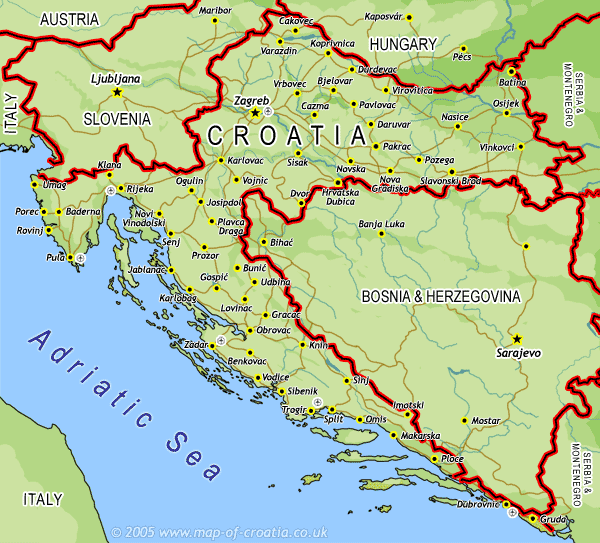
Image 2 Croatia
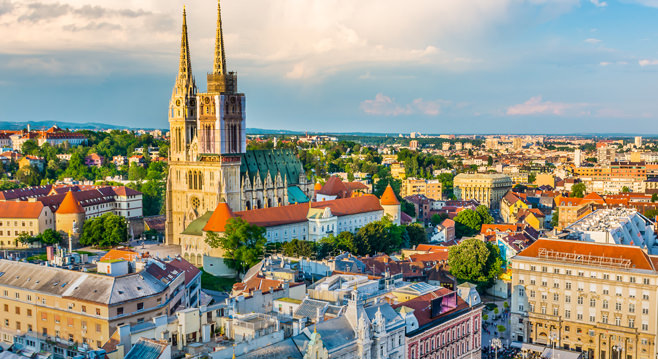
Image 3 The capital city Zagreb
About Croatia
Our flag is made of 3 horizontal stripes – red, white and blue, and in the middle is a coat of arms. The coat of arms is made of a shield and a crown. The shield is in a form of a chessboard, which is made of 13 red and 12 white squares. The crown is made of 5 historical coats of arms, which represent 5 historical Croatian provinces. Croatian anthem is called „Lijepa naša domovino“ ( Our beautiful homeland.)
Unsere Flagge besteht aus 3 horizontalen Streifen – rot, weiβ und blau, und in der Mitte ist ein Wappen. Das Wappen besteht aus einem Schield und einer Krone. Auf dem Schild sind 13 rote und 12 weiβe Quadrate in Form von einem Schachbrett. In der Krone befinden sich 5 traditionelle Wappen, die die 5 historischen Provinzen Kroatiens präsentieren.

Image 4 Flag of Croatia
In Croatia live mostly Croatians (90,4%). The rest of the population belong to one of the national minorities. Most numerous are Serbs (4,36%), Bosnians (0,78%), Albanians (0,41%) and Roma (0,40%).
In Kroatien leben meistens Kroaten (90,4%). Den Rest der Population bilden nationale Minderheiten. Die gröβten sind: Serben(4,36%), Bosnier (0,78%), Albanier(0,41%) und Roma (0,40%).
The official language in Croatia is Croatian. In our language there are 3 main dialects and countless local speeches.
Die offizielle Sprache der Republik Kroatien ist Kroatisch. Sie besteht aus 3 Hauptdialekten und vielen lokalen Sprachen.
In Croatia we have three main types of climate, that are specific to the three regions – in lowland region moderately warm and humid, in mountain region alpine and in coastal region mediterranian climate.
In Kroatien haben wir drei Klimatypen, die spezifisch für die drei Landschaften sind – in der Tieflandschaft herrscht ein gemäβigt warmes und feuchtes Klima, in der Gebirglandschaft ein Alpenklima und in der Küstenlandschaft ein mediterranes Klima.
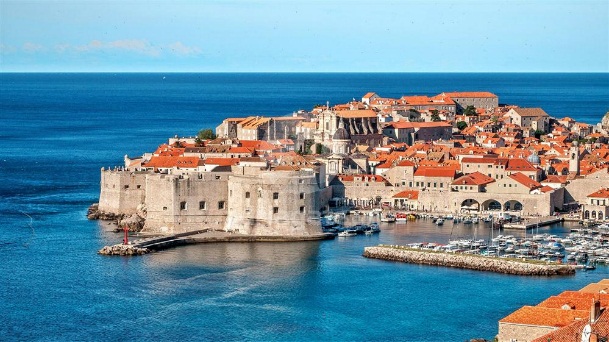
Image 5 Croatian coast
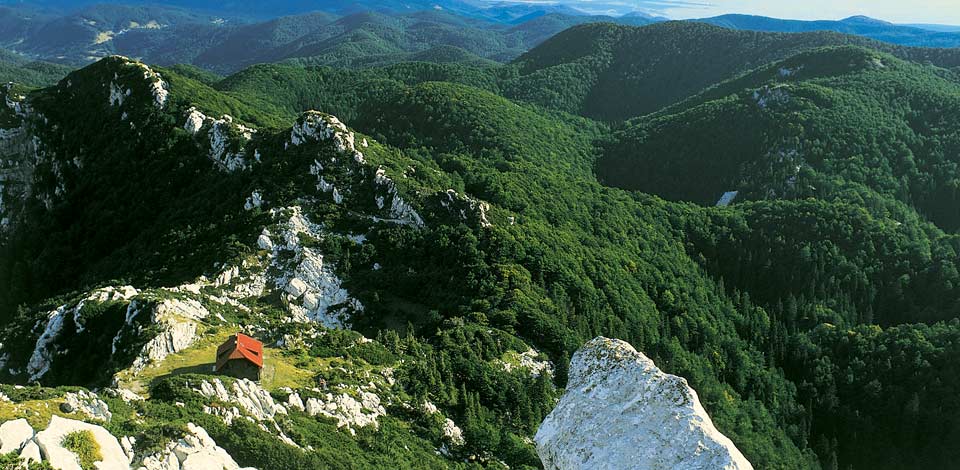
Image 6 Croatian highlands
Our country is famous for our great sea – The Adriatic sea. We have one of the most attractive coast lines in all of Europe. Also, our continental tourism is growing and developing and offering each year new destinations. Many visitors are thrilled with our historical sights, beautiful nature and clean water. We have 8 national parks, many nature parks and cultural heritage. Our cuisine is also very praised among tourists due to the fact that we can still grow healthy food products and it is very diverse in every region.
Unser Land ist für unser groβartiges Meer bekannt – die Adria. Wir haben eine der attraktivsten Küsten im ganzen Europa. Auch, unser kontinentales Tourismus wird immer gröβer und entwickelter und es bietet immer mehr Destinationen jedes Jahr. Viele Besucher sind begeistert mit unserem historischen Sehenswürdigkeiten, schöner Natur und suberem Wasser. Wir haben 8 Nationalparks, viele Naturparks und viel von Kulturerbe. Unsere Küche ist auch sehr gelobt von Touristen, weil wir noch immer gesunde Ernährungsprodukte züchten können und sie ist sehr verschieden in jeder Region.
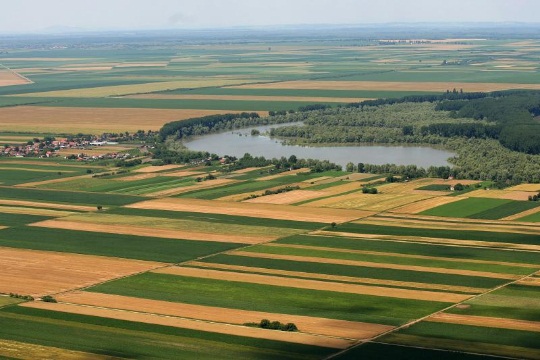
Image 7 Croatian lowland
Međimurje
Our county is called Međimurje. It is the most northern county in Croatia and is bordered with two rivers – Mura and Drava. It is divided to 2 parts – hills and lowlands. Our county is mostly agricultural region – in the lowlands we gow potatoes, wheat, corn and vegetables and in the hills we grow fruits and grapewine.
Unsere Gespannschaft wird Međimurje genannt. Sie ist die nördlichste Gespannschaft in Kroatien und liegt zwischen zwei Flüssen – der Mur und der Drau. Sie wird auf zwei Landschaften geteilt – hügelige Landschaft und Flachland. Sie ist meistens eine landwirtschaftliche Region – im Flachland züchten wir Kartoffel, Weizen, Mais und Gemüse und in den Hügeln züchten wir Obst und Weinrebe.
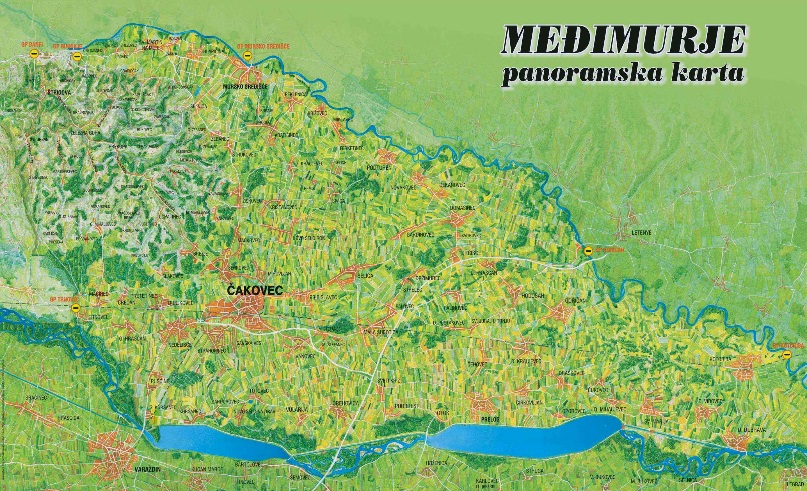
Image 8 Međimurje
The biggest city and the centre of Međimurje is Čakovec. The city is famous for its castle Zrinski from 16th century.
Die gröβte Stadt und das Zentrum von Međimurje ist Čakovec. Die Stadt ist für den Schloss Zrinski aus dem 16. Jahrhundert bekannt.
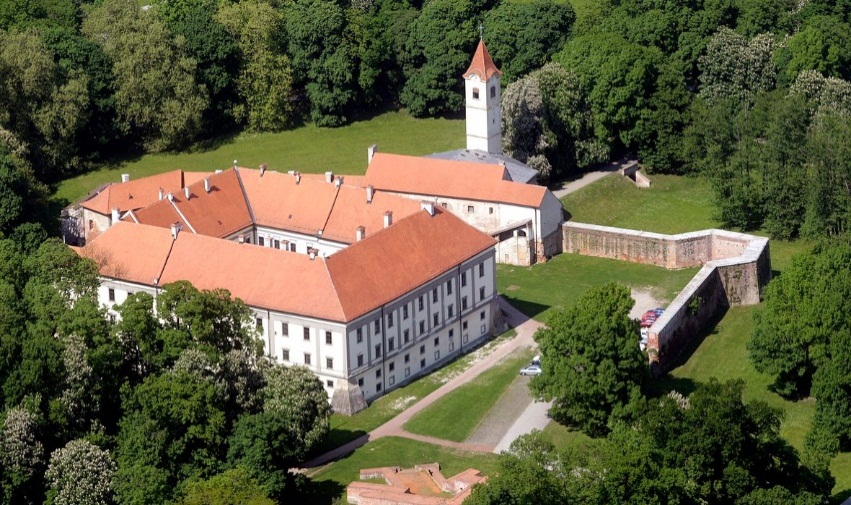
Image 9 Castle Zrinski
The most known and popular event in Međimurje is Porcijunkulovo. It takes place in the city centre, around the 2nd of August, anent a holiday of Lady of Angel. During this event the city centre is decorated with colourful umbrellas. People from all over Croatia and surrounding countries come to visit our town. Here they can induldge themselves in fine cuisine, wines and many of the agricultural and handcrafted produce, that people here make. They can also enjoy in numerous cultural events, concerts, exhibitions, theatre plays and dance recitals on the open.
Die bekannteste und populärste Veranstaltung in Međimurje ist Porcijunkulovo. Sie findet im Stadtzentrum statt, um den 2. August, anlässlich des Festes der Lieben Frau des Engels. Während dieser Veranstaltung, das Stadtzentrum ist mit bunten Regenschirmen dekoriert. Die Leute aus ganzem Kroatien und umliegenden Ländern kommen unsere Stadt zu besuchen. Hier können sie die feine Küche, Weine und viele landwirtschaftliche und handwerkliche Produkte genieβen. Sie können auch viel Spaβ beim verschiedenen Kulturereignissen, Konzerten, Ausstellungen, Theatervorführungen und Tanzrezitalen haben.
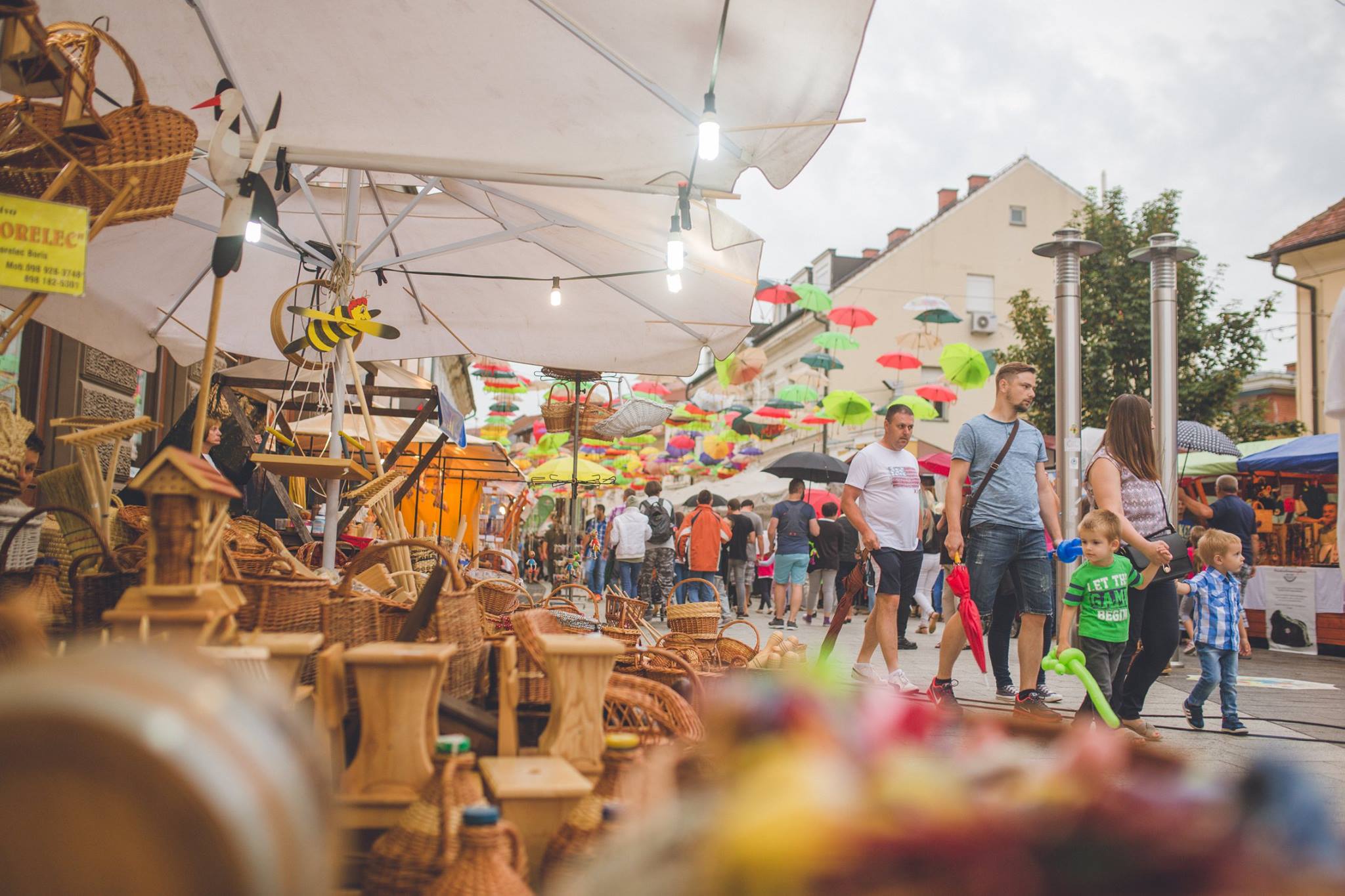
Image 10 Porcijunkulovo
Domašinec
Domašinec is a village and municipality in Međimurje County, located in the central part of the county, around 14 kilometres east of Čakovec. It is close to the Mura River and the state border with Hungary. The Municipality of Domašinec consists of two villages – Domašinec and Turčišće. It has population of approximately 2600 people.
Domašinec got its name by the nobleman Domaš who was first mentioned in the 13th century.
Domašinec ist ein Dorf und eine Gemeinde in Međimurje Gespannschaft, angesiedelt in der Mitte der Gespannschaft, ungefähr 14 Kilometer östlich von Čakovec. Es liegt in der Nähe der Mur und der Staatgrenze mit Ungarn. Die Gemeinde Domašinec besteht aus zwei Dörfer – Domašinec und Turčišće. Sie hat ungefähr 2600 Einwohner.
Domašinec wurde nach dem Adeligem Domaš, zuerst im 13. Jhr. erwähnt, genannt.
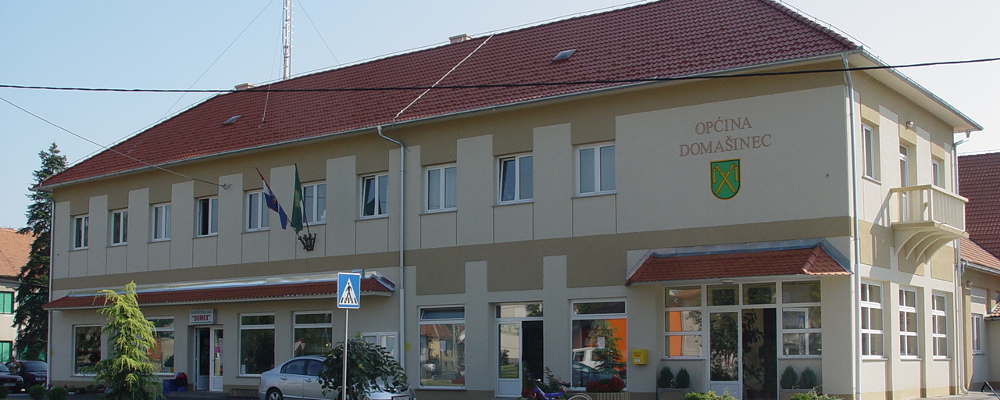
Image 11 Municipal headquarters
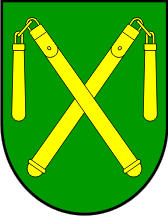
The coat of arms of Domašinec
Der Wappen von Domašinec
Archaeological finds from the Iron Age found in the municipality area, dating around 13-8 century BC
Archäologische Funde aus dem Eisenzeit in der Gemeindegegend gefunden, gegen 13. – 8. Jhr. v. Chr. datiert
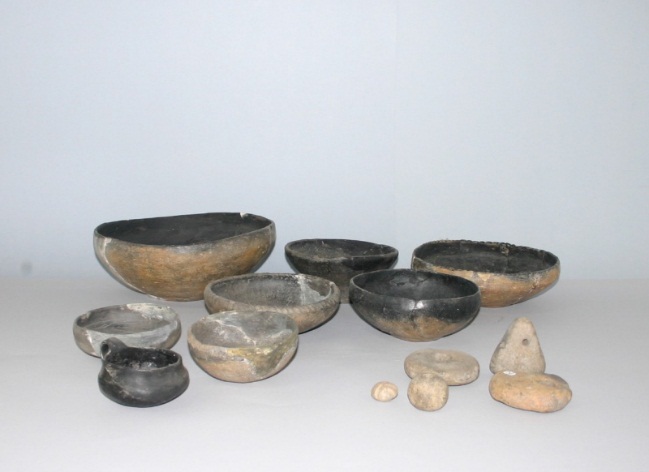
Image 12 Archaeological finds from the Iron Age
The main branch of economy in Domašinec is agriculture. There are twenty enterpreneurs and forty crafters currently active.
The tourist offer in Domašinec includes an educational walk on the educational trail Murščak which, with its 12 positions, provide comprehensive scientific, geographical, economic, cultural and historical information on the region.
Die Hauptwirtschaftstätigkeit in Domašinec ist Landwirtschaft. Hier sind rund zwanzig Unternehmer und vierzig Handwerker aktiv.
Der touristische Angebot in Domašinec umfasst eine Wanderrute auf dem Freizeitweg Murščak, die mit 12 Stationen, sehr wichtige lehrreiche Informationen über Flora und Fauna unseres Gebietes bietet.
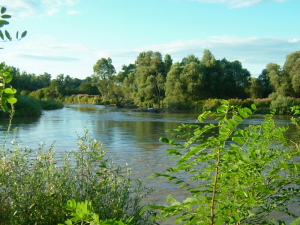
Image 13 Educational trail Murščak
The Primary School Domašinec includes the main school in Domašinec and two smaller district schools in the nearby villages of Dekanovec and Turčišće. Last school year we celebrated the 140th anniversary of our school through various activities – collecting old photos and information from the past, making presentations, videos and many more.
There are 240 pupils in our school, devided into 18 classes. Special attention and care is given to ecological and charitable activities and preserving our cultural heritage. This year we have participated in the „Christmas Tree Decoration Exchange“ project for the first time and we've really enjoyed all the activities and workshops.
Die Grundschule Domašinec umfasst die Hauptschule und zwei weitere Auβenstellen in den umgebenen Dörfern - Dekanovec und Turčišće. Letztes Jahr feierten wir den 140. Jahrestag unserer Schule mit verschiedenen Aktivitäten – wir sammelten alte Fotos und Informationen aus der Geschichte, machten Präsentationen, Videos und noch Vieles mehr.
Wir haben 240 Schüler in unserer Schule, in 18 Klassen verteilt. Besondere Aufmerksamkeit widmen wir den ökologischen und humanitären Aktivitäten und Pflegung unseres Kulturerbes. Dieses Jahr haben wir zum ersten Mal im Weihnachtsdekorationaustausch mitgemacht und wir haben wirklich Spaβ in allen Aktivitäten und Werkstätten gehabt.
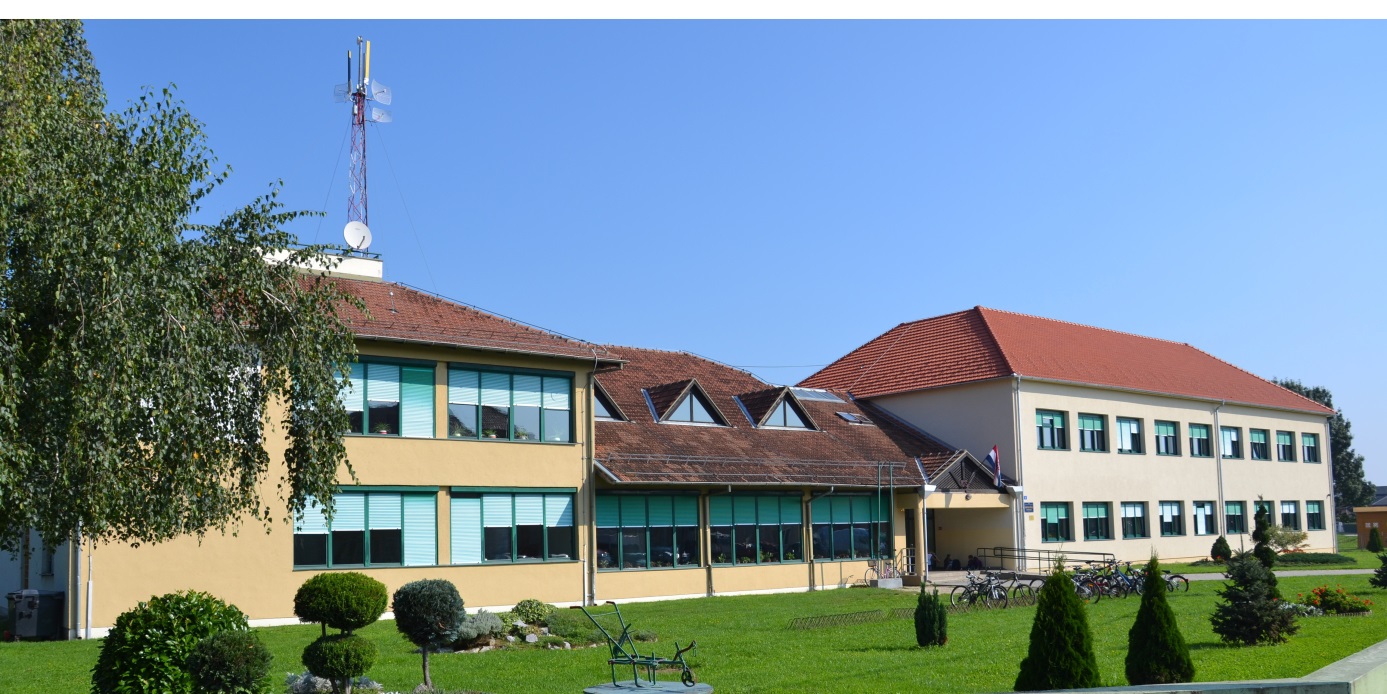
Image 14 The Primary School Domašinec
Christmas decorations
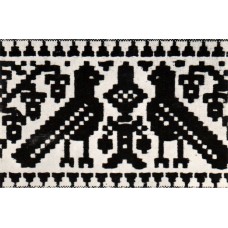
The motiv of Međimurje pigeon
Der Motiv der Međimurje Täubin
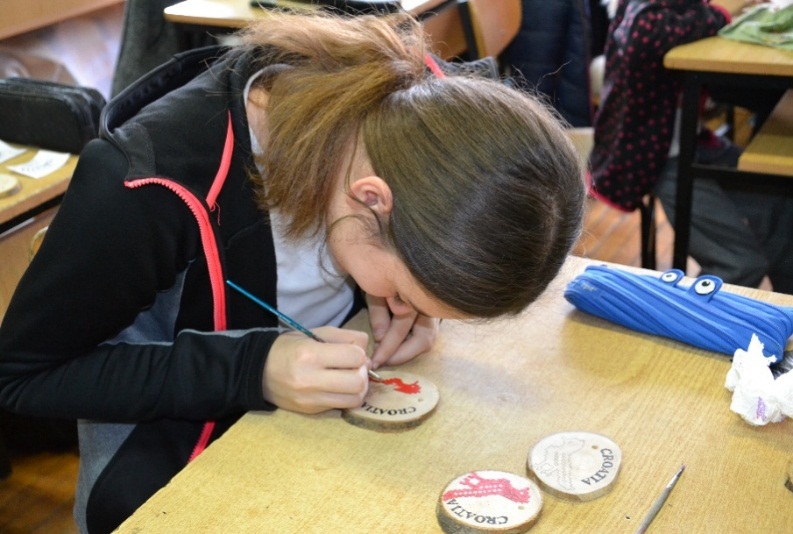
Our pupils, decorating wooden cobblestones with the Međimurje pigeon motives.
Unsere Schüler dekorieren Holzkiesel mit dem Motiv der Međimurje Täubin
Pupils making flowers out of maize leaves
Die Schüler machen Blumen aus Lieschblätter.
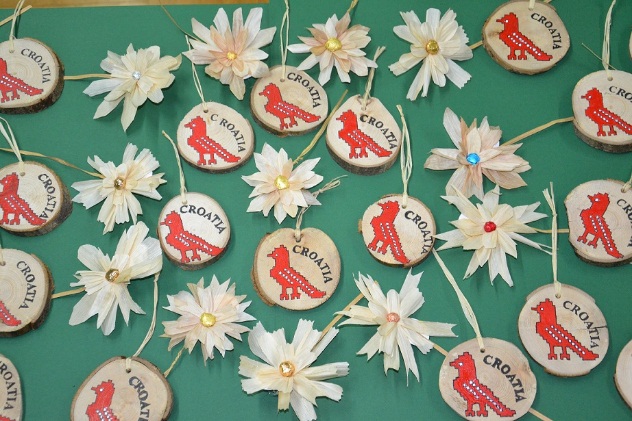
Image 15 Christmas decorations for exchange
Christmas traditions
Christmas preparations start on 13th December, Saint Lucy's Day. We plant wheat grains into a small bowl, water it carefully and then, when grown, put it on a festive table, on Christmas Eve. A few days before Christmas Eve, we buy the Christmas trees. Nowadays, people usually buy artificial trees or those grown in a pot.
The most magical place to be in during the holidays is definitely the kitchen: mothers bake the most wonderful Christmas cookies shaped as stars, angels, hearts, flowers, moons or Christmas trees, along with their children. The sweet smell of cookies spreads around the house. We clean our windows, keep our houses and yards neat and tidy so that everything is ready for the littly baby Jesus. We don't eat a lot on Christmas Eve, just light food like beans, pasta with poppy, cooked potatoes, broad bean, bean stew, stewed apples, plums and raisins, turnip cake... A Christmas tree is always decorated on Christmas Eve and this is a part of our tradition for ages. A father carries the tree into a room, followed by excited eyes of the children who decorate it happily, putting various ornaments on it; Christmas balls, candies, chocolate figures, apples and Christmas lights. A tree top ornamnet is put last. Then, the father turns off all the lights and turns on the Christmas lights which shine colourful and bright, leaving everyone speechless, looking divinely at the magical Christmas tree.
When Hail Mary is heard from the church's bells, the father knocks at the door, enters the room carrying dried straw tied up into a linen sheet, greeting: ''Good evening! God bless you all with piglets, calf, silver and gold, blessings and peace.'' They put straw under the table and kneel around it praying to a Guardian Angel. After the prayer, they eat a very light dinner and later on, they set up a festive table. They put straw in the cross, and grains (buckwheat, corn, beans, wheat) under the table. Money wallet is put on top of everything. The turnip, covered with a piece of cloth, is put on each corner of the table. People hope and believe that the whole year will be abundant. Mothers put cookies, wine, bread, water and pots with grown wheat on the table.
Before the Midnight Mass, they listen to or sing Christmas carols, watch Tv and spend their time in a festive mood. Young boys go out, set afire Christmas bonfires and have fun till the early morning hours. The whole family goes to Midnight Mass. After the mass, they traditionally eat blood pudding, aspic and turnip roll.
On Christmas Day, we visit our grandparents and other relatives, wishing them a very merry and blessed Christmas. In the afternoon, a lot of young families bring their children to church for a blessing.
WEIHNACHTSBRÄUCHE
Vorbereitungen für Weihnachten beginnen schon am 13. Dezember, am Tag der St. Lucia. Dieses Tages wird Weizen in kleine Töpfchen und Schüssel gesäet, wird sorgfältig begossen, und am Heiligabend wird der grüne Weizen auf den festlich dekorierten Tisch aufgestellt.
Einige Tage vor dem Heiligabend wird der Weihnachtsbaum gekauft. In der letzten Zeit die Leute kaufen einen künstlichen Baum oder einen gepflanzten. In der vorfestlichen Zeit , am schönsten ist es in der Küche. Die Mütter backen mit Kindern Weihnachtsplätzchen: Monde, Sterne, Bäume, Herzen, Engel, Blümchen… Durch das ganze Haus wird der süße Duft verbreitet. Die Fenster, die Häuser und die Höfe werden geputzt, denn alles muss sauber für die Erwartung des kleinen Jesus sein. Am Heiligabend isst man ein Fastessen: gedünstete Bohnen oder Bohneneintopf, Nudeln mit Mohn (mokviči), gekochte Kartoffeln, Kompott mit Äpfeln, Pflaumen und Rosinen und Rübenstrudel.
Schon sehr lange Zeit, wird der Weihnachtsbaum in unserer Gegend, am Heiligabend geschmückt. Der Vater bringt den Baum ins Zimmer, Kinder schmücken ihn mit verschiedenen Schmuck: Kugeln, Bonbons, Schokofiguren, Äpfeln und Kerzen, und auf den Wipfel stellt man eine Spitze. Wenn man die bunten Kerzen anzündet, schaltet man das Licht aus und alle bewudern den Weihnachtsbaum. Wenn es Ave Maria klingelt, der Vater klopft an die Tür, kommt ins Zimmer mit Stroh in einem Betttuch und begrüßt: “Guten Abend! Gott gebe euch Pferdchen, Öchschen, Kälbchen, Schweinchen, Gold und Silber, und am meisten Frieden und göttlichen Segen.“ Den Stroh legt er unter den Tisch, die ganze Familie kniet herum und betet Angelusgebet. Nach dem Gebet isst man Fastabendessen, und später wird der festliche Tisch aufgestellt. In die Mitte des Tisches werden Stroh in Form von Kreuz und die Samenkörner (Weizen, Bohnen, Mais, Gerste…) gelegt und am Ende auch eine Geldtasche voll mit Geld. Auf jede Tischecke wird auch die Rübe gestellt und mit Tischdecke aufgedeckt. Leute haben geglaubt, dass dann das ganze Jahr im Reichtum vergeht. Auf so gestellten Tisch werden auch Kuchen ( am meisten bidra – ein gesäuerter Kuchen), Sülze, Brot, Wein, Wasser und ein Schüssel mit gekeimten Weizen gestellt.
Bis Mitternachtsmesse hört man oder singt Weihnachtslieder, die Jungen gehen auf die Strasse und zünden das Freudenfeuer an und amüsieren sich bis spät in die Nacht. Danach geht man zur Mitternachtsmesse. Nach dem Gottesdienst kann man etwas essen – Sülze, Blutwürste und Rübenstrudel.
Am Weihnachten besucht man die Familie, Opas, Omas und andere Verwandte und man wünscht ihnen frohe Weihnachten. Am Nachmittag viele junge Familien führen ihre Kinder in die Kirche zu einer Segnung.
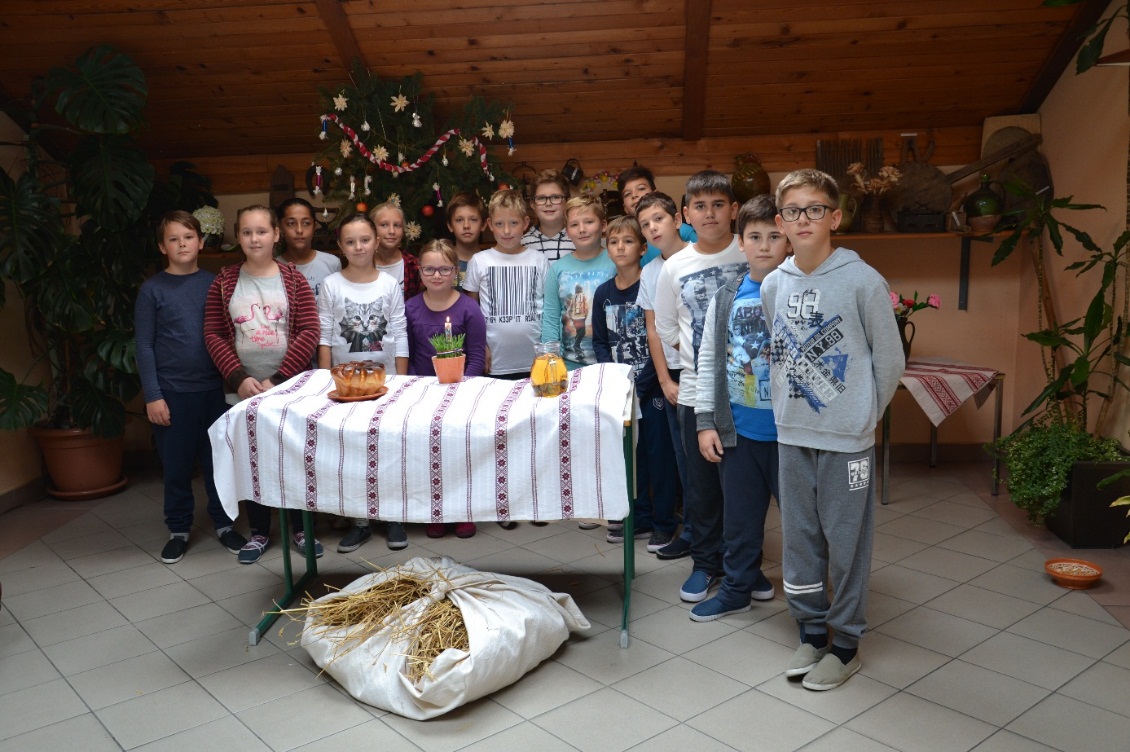
Image 16 Traditional Christmas table
Cuisine
The cuisine in our county is much influenced by surrounding countries and historical events – Croatia was a part of Habsburger Monarchy for a long time. So, a large part of our dishes are those from Austria, Germany and Hungary.
Traditional dishes in Međimurje are meso z tiblice (smoked pork meat wrapped in salted fat), turoši (cottage cheese mixed with grounded red paprika, formed in a shape of a cone and air-dried), trganci z vrhnjem (torn pieces of dough, cooked and served with fried salted fat and cream), međimurska gibanica (a cake made in layers of walnuts, poppies, fresh cheese and apples encased with pulled dough), kuružnjača (a cake made from maize flour), hladnetina ( a gelatin soup with cooked smoked pork meat and skin - aspic), čvarci (fried cubes of pork fat, pressed and salted), kukuruzni kruh (bread made from maize flour), bučino ulje (an oil made from pumpkin seeds).
For traditional Christmas lunch we serve soup with homemade pasta, fried poultry (a turkey, a goose or a duck) with mlinci (flat pieces of pasta baked on the wooden stove top and poured over with boiling water), sauce and for dessert zdigani kolač ( a cake from yeast dough filled with poppie or walnut).
DIE KÜCHE
Die Küche in unserer Gespannschaft ist sehr beeinflusst von den umgebenen Ländern und historischen Ereignissen – Kroatien war eine lange Zeit ein Teil der Habsburger Monarchie. Deshalb kommen viele unsere Speisen aus Österreich, Deutschland und Ungarn.
Traditionale Speisen in Međimurje sind meso z tiblice (geräuchertes Schweinefleisch im gesalzenen Fett), turoši (Frischkäse gemischt mit gemahlenen roten Paprika, in Form von einem Kegel und getrocknet), trganci z vrhnjem (gereiβte Teigstücke, gekocht und serviert mit gebratenem Salzfett und Sahne), međimurska gibanica (ein Kuchen gemacht in Schichten von Walnüssen,Mohn, Frischkäse und Äpfeln mit Teig dazwischen), kuružnjača (ein Kuchen gemacht von Maismehl), hladnetina ( Sülze), čvarci (Fettwürfeln gebraten, gepresst und gesalzen), kukuruzni kruh (Maismehlbrot), bučino ulje (Kürbiskernöl).
Zum traditionellen Weihnachtsmittagessen haben wir eine Suppe mit hausgemachten Nudeln, gebratene Geflügel (Pute, Gans oder Ente) mit mlinci (flacher Teig gebraten auf dem Holzherdplatte und begossen mit kochendem Wasser), Soβe und für Dessert zdigani kolač ( ein Kuchen vom gesäuertem Teig gefüllt mit Walnüssen oder Mohn).
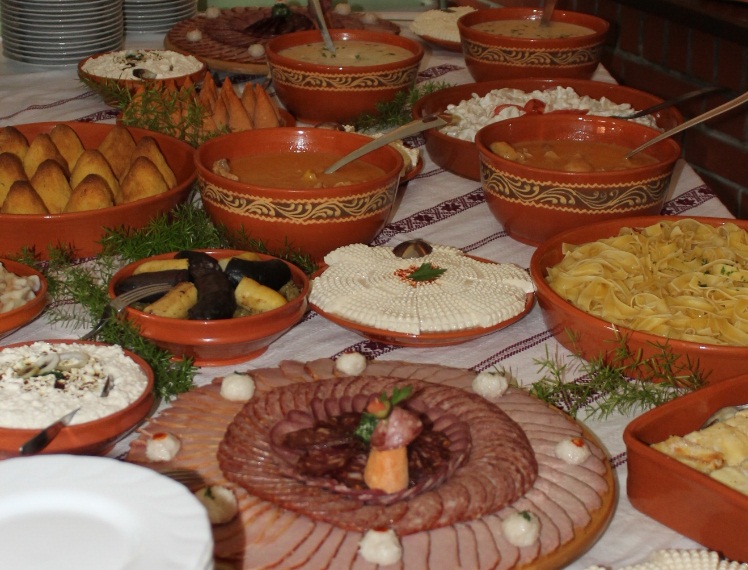
Image 17 Traditional food
RECIPE FOR BIDRA
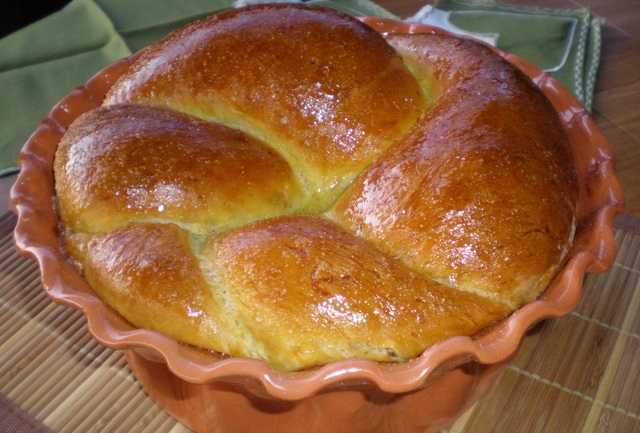
Image 18 Bidra
Bidra is a traditional cake made from yeast dough. Its name originated from the clay bowl it is baked in.
Dough: 30g of fresh yeast
3 dl of milk
400g of white flour
1 egg
2 egg yolks
80 ml of oil
3 tablespoons of sugar
½ teaspoon of salt
Filling: 300g of grounded walnuts
200g of sugar
1 dl milk
1 vanilla sugar
Process: Mix the yeast with some sugar, flour and warm milk and let it rise. Put the fluor into a bowl and add an egg, egg yolks, oil, sugar, salt and mix it a little before adding the risen yeast. Kneed the soft dough and let it rise in a warm place while being covered. Ground walnuts are to be mixed with sugar, pour hot milk onto it and let it cool. Roll out the risen dough into a rectangle, coat it with the filling and fold it in a roll, twist it into a circle form and put it in a baking bowl, which is also known as the bidra. Let it rise for another 20 minutes. Before baking, coat it with stired egg yolk and bake it in a pre-heated oven at 200°C for around 50 minutes.
EIN REZEPT FÜR BIDRA
Bidra ist ein traditioneller Kuchen gemacht aus einem gesäuertem Teig. Sein Name stammt von dem Tontopf, wo er gebacken wird.
Teig: 30g frischer Hefe
3 dl Milch
400g Weiβmehl
1 Ei
2 Eigelbe
80 ml Öl
3 Esslöffel Zucker
½ Teelöffel Salz
Füllung: 300g gemahlene Walnüsse
200g Zucker
1 dl Milch
1 Vanillenzucker
Vorbereitung: Hefe mit ein bisschen Zucker, Mehl und warmer Milch mischen und steigen lassen. Mehl in eine Schüssel eingeben und Ei, Eigelb, Öl, Zucker und Salz dazugeben, ein bisschen mischen und dann die Hefe dazugeben. Einen weichen Teig kneten, aufdecken und in einem warmen Platz steigen lassen. Gemahlene Walnüsse mit Zucker mischen, mit warmer Milch übergieβen und abkühlen lassen. Den Teig in eine Rechteckform ausrollen, mit der Füllung beschichten, aufrollen, in einen Kreis beugen und in den Tontopf, auch eine Bidra genannt, stellen. Noch 20 Minuten steigen lassen. Vor dem Backen mit gerührtem Eigelb überstreichen und in einem vorgeheiztem Ofen auf 200°C rund 50 Minuten backen.
Christmas song
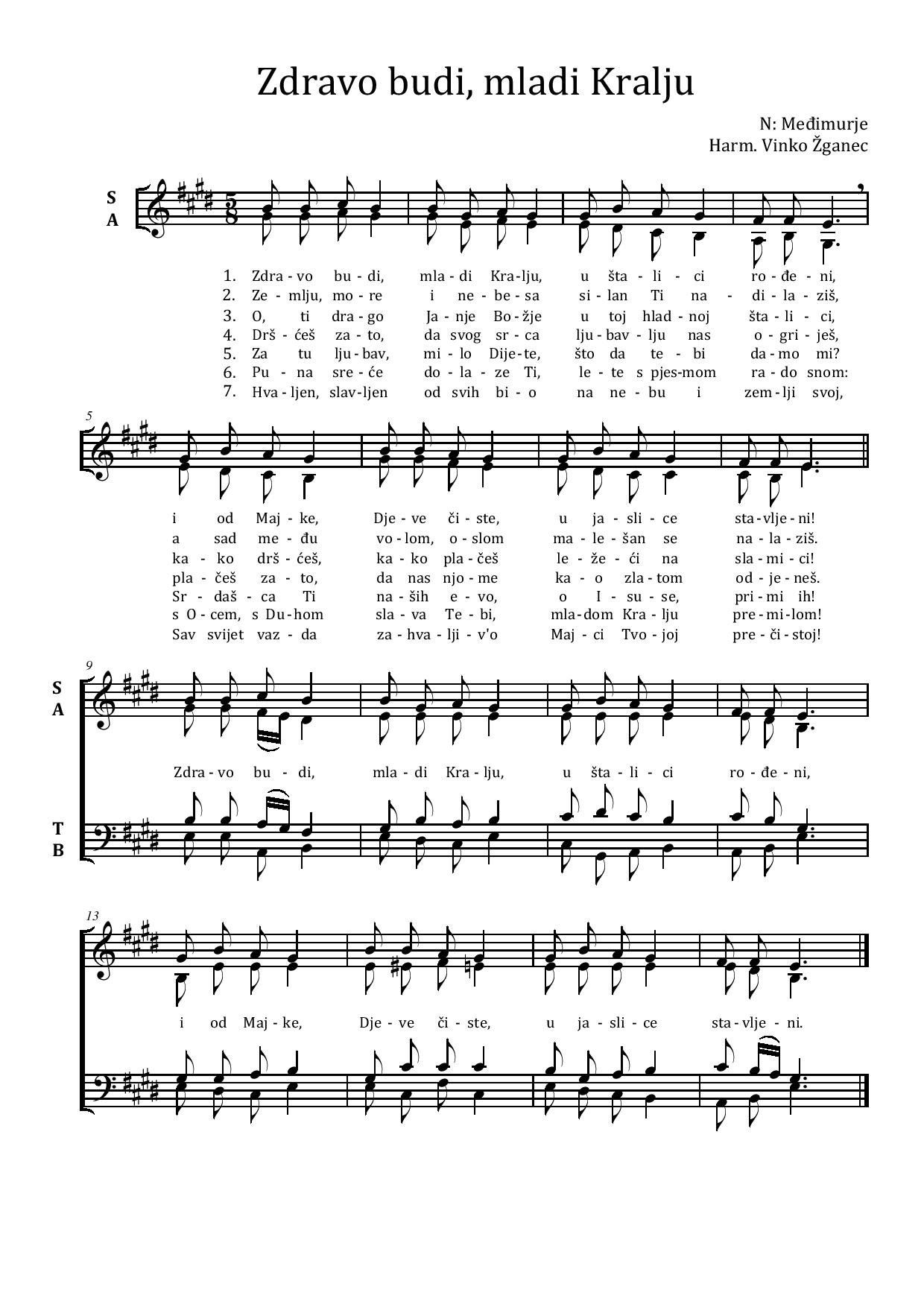
TRAJNE AKCIJE
Sakupljanje čepova od plastičnih boca za Udrugu oboljelih od leukemije i limfoma
Sakupljanje plastičnih boca za projekt BOK
Sakupljanje starog papira
POVREMENE AKCIJE
Sakupljanje potrebnih stvari za azil "Prijatelji"
Sakupljanje stare odjeće za socijalnu zadrugu "Humana Nova"
Sakupljanje higijenskih i prehrambenih potrepština za socijalnu samoposlugu u Vukovaru
Akcija "Za 1000 radosti" Hrvatskog Caritasa
Akcija "Solidarnost na djelu" Hrvatskog Crvenog križa
Obilježavanje Dana kruha i zahvalnosti u suradnji s župom i lokalnom zajednicom
Božićni sajam u suradnji s udrugom žena "Potočnica"
| « Prosinac 2024 » | ||||||
| Po | Ut | Sr | Če | Pe | Su | Ne |
| 25 | 26 | 27 | 28 | 29 | 30 | 1 |
| 2 | 3 | 4 | 5 | 6 | 7 | 8 |
| 9 | 10 | 11 | 12 | 13 | 14 | 15 |
| 16 | 17 | 18 | 19 | 20 | 21 | 22 |
| 23 | 24 | 25 | 26 | 27 | 28 | 29 |
| 30 | 31 | 1 | 2 | 3 | 4 | 5 |
Ukupno: 464734
Ovaj mjesec: 3765
Ovaj tjedan: 310
Danas: 28
